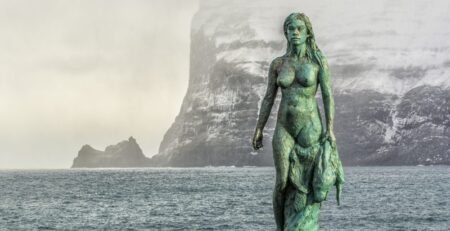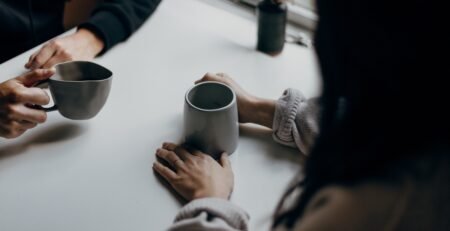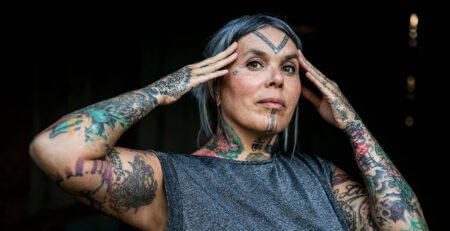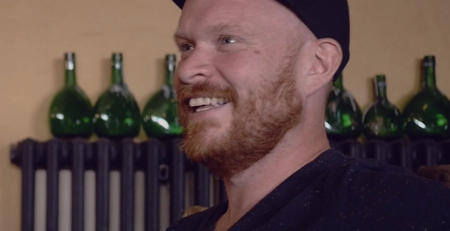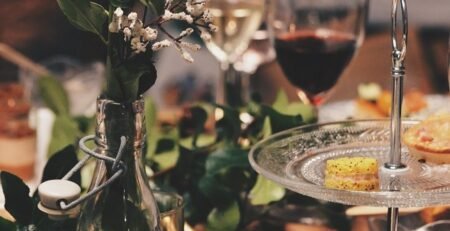
Sámi Art at the 2022 Venice Biennale.
Helga Mjöll Oddsdóttir2022-07-19T10:11:53+01:00The 2022 Venice Biennale is in full swing, and with that so is the unprecedented Sámi Pavilion. As you may remember from our article written last year, Sámi Art at the Venice Biennale, in a historic first, the usual Nordic Pavilion has been transformed into the Sámi Pavilion.
If you are unfamiliar with the Venice Biennale. It is an art event that runs from May to November each year and has been going on since 1895. It alternates each year between a focus on art or architecture, and uses performance, sculpture, and installations to examine political topics and current cultural & social challenges.
Most years, there is a Nordic pavilion featuring art or architecture from Finland, Norway and Sweden with many different themes, but this year the focus is on the indigenous Sámi people.The artists of the pavilion display pieces that strive to heal traumas caused by colonialism. The initiative was conceived as a project of relationships throughout generations, holistic Sámi knowledge, and Sámi spiritual philosophy.
Pauliina Feodoroff, a Sámi artist and activist, along with Máret Ánne Sara and Anders Sunna are the indigenous people whose art will be exhibited. Their goal is to garner support on a global scale for the preservation of Sámi territory


The problems of the Sámi are tied to climate change, land expropriation for resource extraction, dam construction, and the development of wind turbine farms. There are about 100,000 Sámi who live in northern Norway, Finland, Sweden, and the Kola Peninsula of Russia, and they have been colonized by all four nations for centuries. Their culture and language have been suppressed, they have been forcibly evacuated from their ancestral lands, and they have watched the persecution of their spiritual shamans which they call noaidis. With their small numbers, they have little power to act, and that’s where art comes in. It can be used as a form of resistance and assurance that the truth will surface.

The three each have different art forms to express their feelings. Feodoroff has a performance and video installation prepared, with her message being to free Sámi people’s bodies and minds from colonially imposed ways of living while also raising money for the rewilding of ancient woods and rivers that are now under danger due to industrial initiatives.
Sara has created aromatic and suspended works that stress the significance of reindeer in their culture, not only as a source of food but also as family in Sámi existence, wisdom, and spirituality.
Sunna on the other hand produced a hexalogy of paintings and sound bears witness to 50 years of court battles to maintain his family’s ability to herd woodland reindeer, which the state had forbidden on their own property. The installation’s sixth portion aims to represent a vision of resiliency and empowerment over the following ten years.
This is the first time the Sámi people have even been recognized as a nation in the pavilion, so this is a significant moment for them. By using Sámi ways of being and knowing as a lens, they consider the issues at hand and create works of extraordinary beauty and strength. Due to this, they stand apart in the modern art world.
Click here to read our past article for more information on the festival and the artists contributing to this artistic feat.

